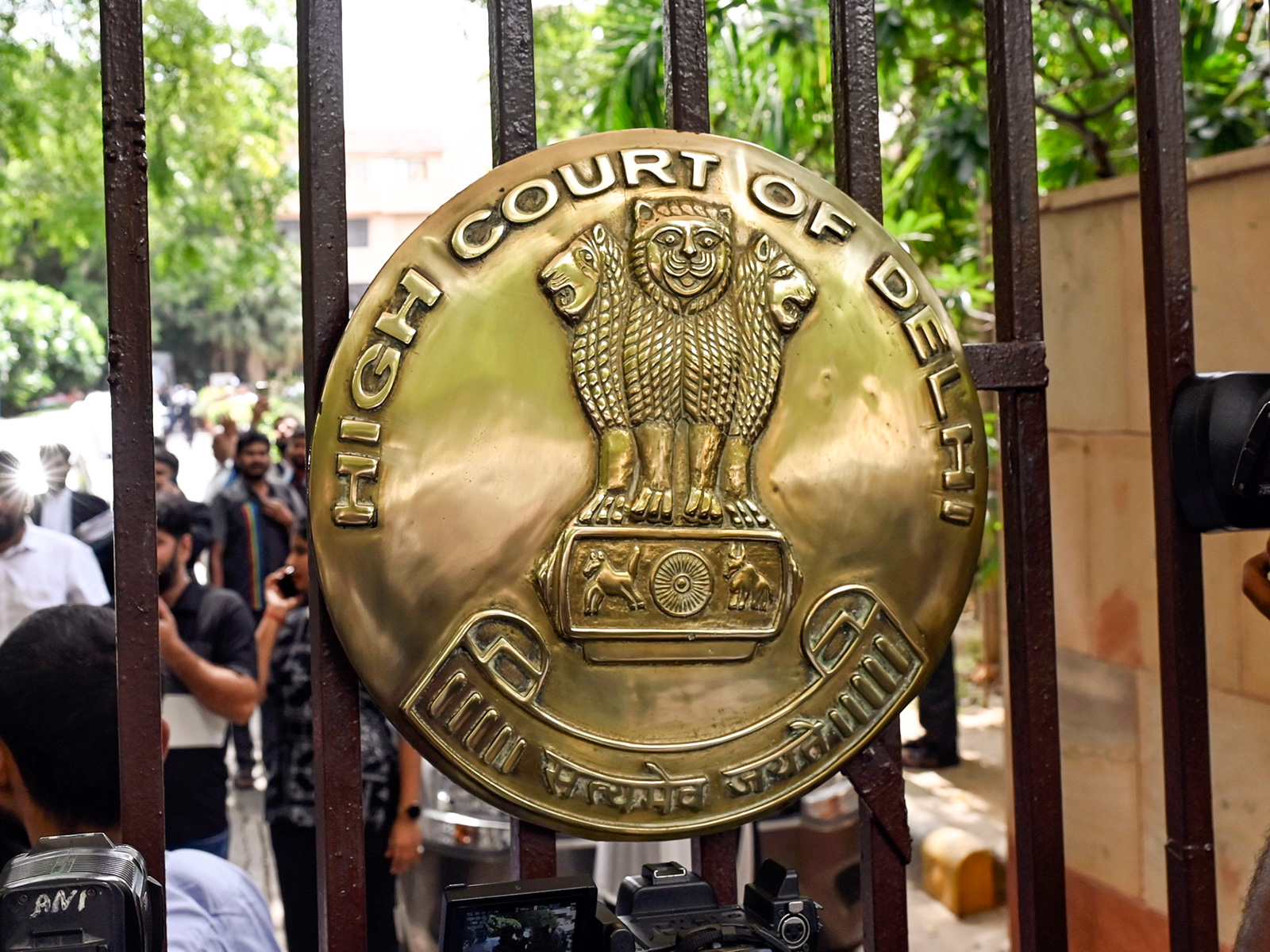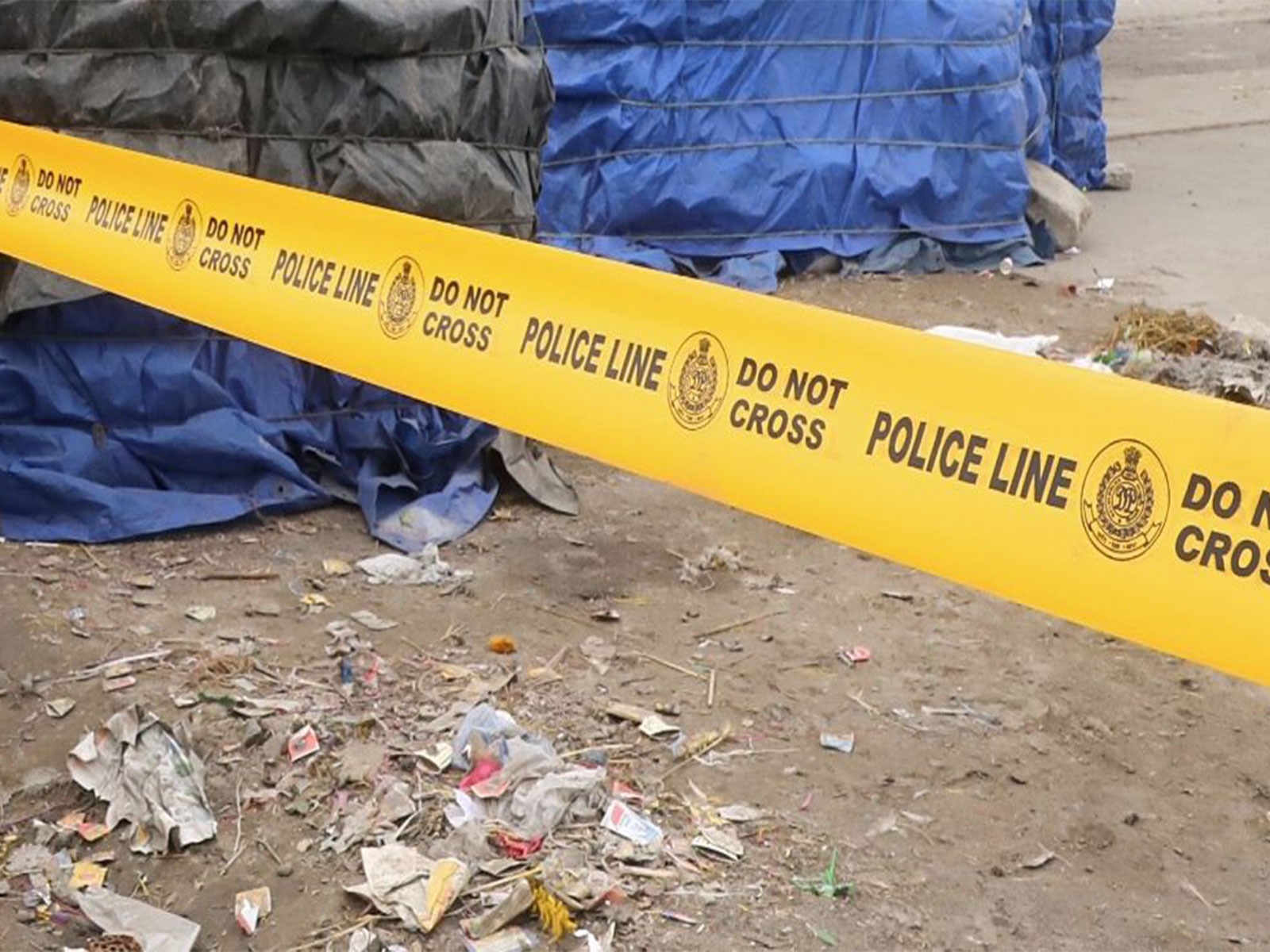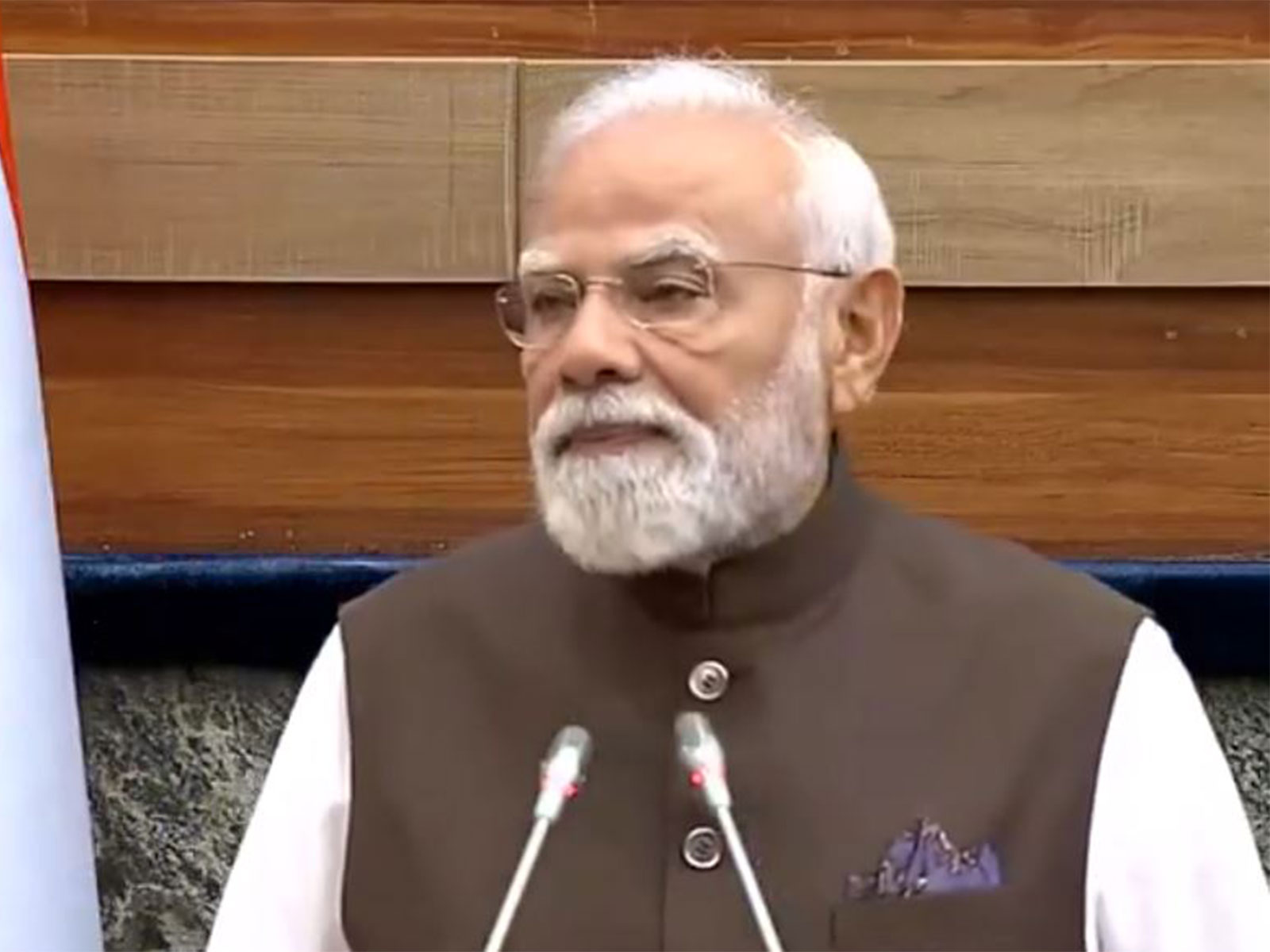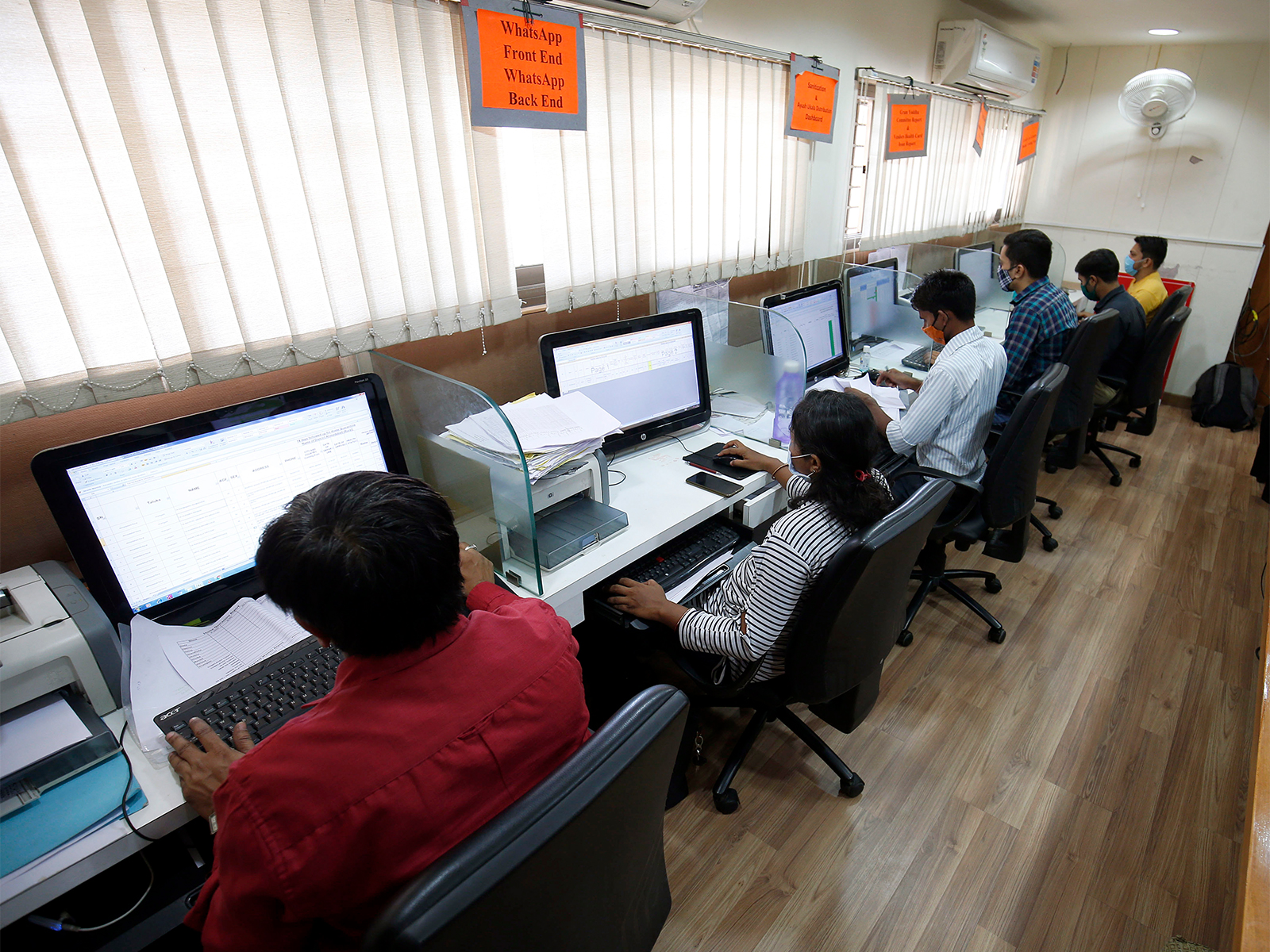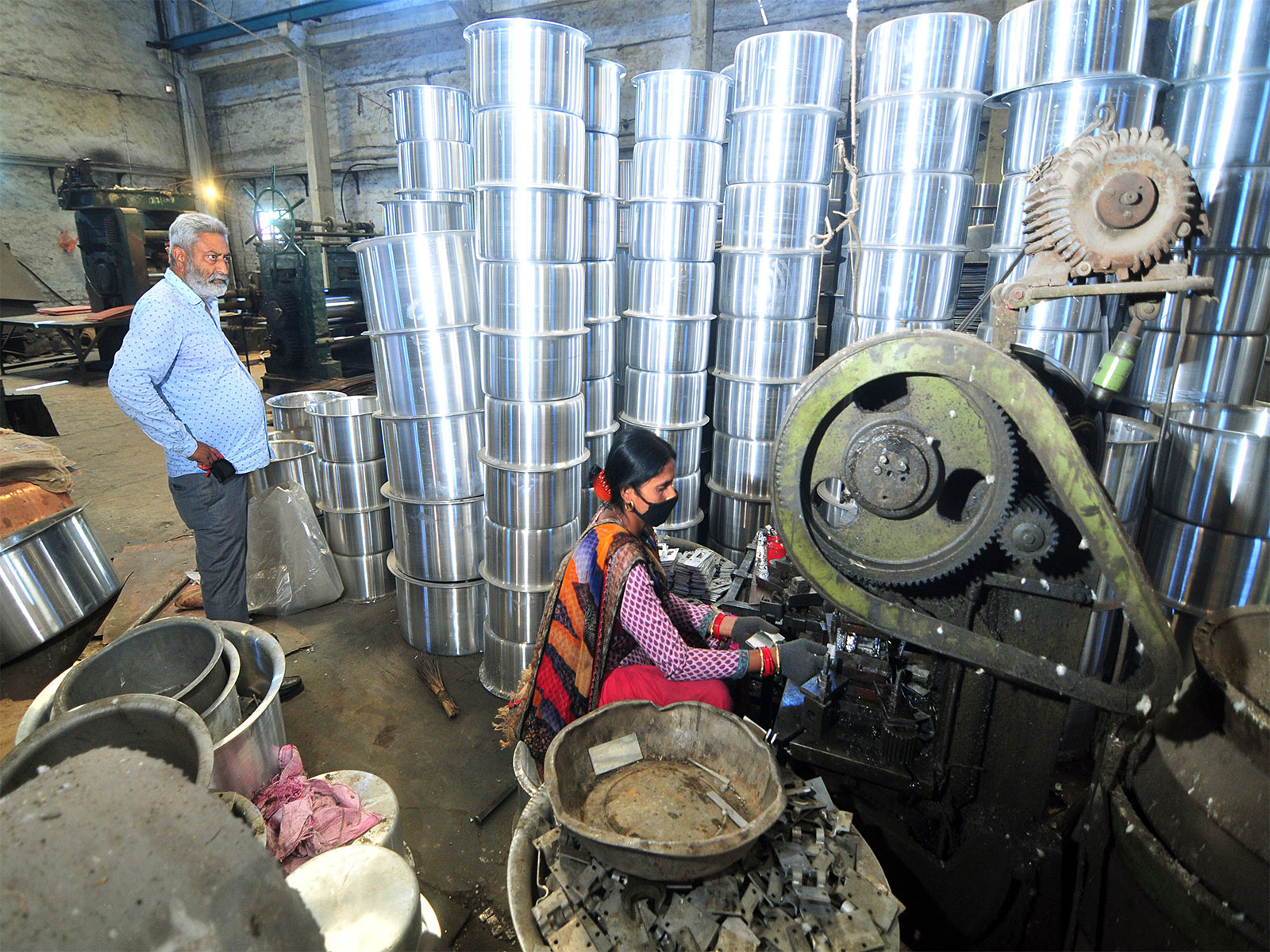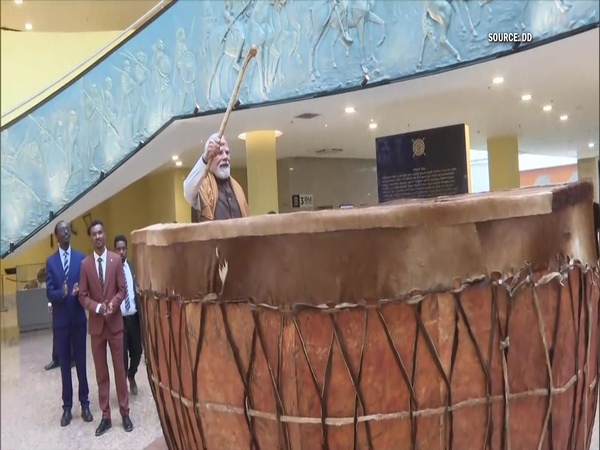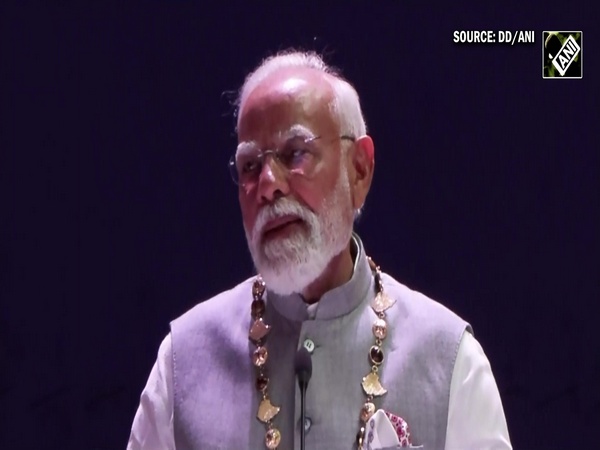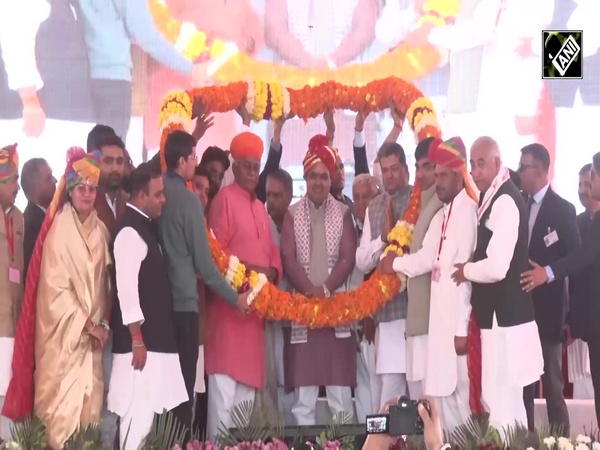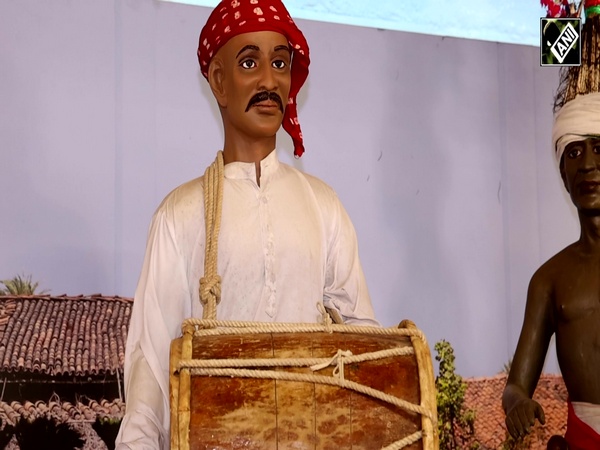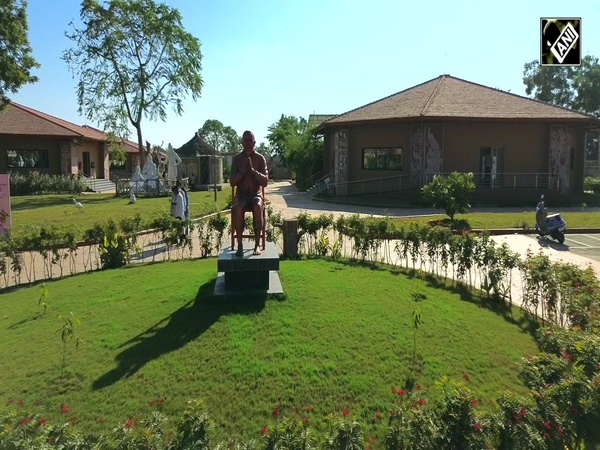NMCG gears up to clean Yamuna River, the largest tributary of Ganga
Mar 25, 2022

New Delhi [India], March 25 : National Mission for Clean Ganga (NMCG) through its Namami Gange project is aiming to clean the river Yamuna.
A nearly 22 km stretch of Yamuna has been identified and the authorities are on mission mode to stop sewage flow into the river, because Yamuna, being the largest tributary of India's most pious river Ganga not just appears stagnant but also rotten due to the colossal amount of dirt, dust and untreated filth that have fallen directly into the river.
"If we look at it, the flow of Yamuna...up to where the Chambal joins, it is very bad because there is a lot of pollution coming to the sector. It gets purified only after the Chambal joins, which later joins and that water goes and meets at Ganga. So, the most difficult part or the most polluted stretch of River Yamuna is 22 kilometers in the Delhi area, which does not see any flow because it is basically stagnant water and there is no additional water coming into it," said G Asok Kumar, Director General of National Mission for Clean Ganga on Friday.
"We are now trying to focus on getting this Yamuna water clean. In Delhi, there are about 18 Nullahs, which flow into this 22 km stretch, which brings in a lot of water", said G Asok Kumar.
He added, "Dirty water from Haryana comes in, dirty water from UP comes in and a lot of water from Delhi comes in the total sewage that is generated out of Delhi is around 3,200 megaliters per day (MLD), out of which the capacity to treat is 2,600. We have 24 STPs that treat around 2600 MLD and there is a gap of around 650 MLD. So, this has to be addressed".
The National Mission for Clean Ganga has initiated setting up of Sewage Treatment Plants (STPs) across the city.
One of the biggest STPs, Coronation Pillar Sewage Treatment Plant in Delhi was recently visited by senior officials from the NMCG to take stock of the ongoing construction work.
This STP will treat 318 MLD of wastewater at an estimated cost of Rs. 515 crore, out of which 414 crore is the capital cost.
The 50 per cent of the capital cost is borne by National Mission for Clean Ganga.
The NMCG chief said, "What have done in last few years since the Namami Gange formed, we have sanctioned 23 projects in the Yamuna sector for about 4,200 Crore to look after the issues of pollution in Haryana, Himachal Pradesh, Delhi, Uttar Pradesh sector, so that the entire stretch of Yamuna is cleaned up".
Delhi, presently, generates an estimated sewage flow of 3273 MLD out of which 2340 MLD sewage is treated against the installed capacity of 2624 MLD.
There is a discharge of 933 MLD untreated sewage into the river Yamuna.
A total of 12 projects for the treatment of 1385 MLD sewage have been taken up at a cost of Rs. 2354 crore under Namami Gange Program in Delhi, to abate the pollution in River Yamuna.
The government's sincere efforts by restricting the flow of urban sewage and industrial effluents from the city will help keep Yamuna clean.
G Asok Kumar said, "That will be a big relief. 310 Million Liters per Day of treated water will be put into Yamuna. It also prevents that much dirty water from flowing into River Yamuna".
The government's comprehensive plan also involves modernizing and regulating Dhobi ghats, which the authorities say have proven dangerous to both the sanctity and purity of the river.
The NMCG, in collaboration with the Delhi government is also building Decentralized-STPs in parks of Delhi.
The government says a holistic approach is what is required to treat the capital's sewage and this is going to be the fundamental level approach that will reward it with tangible results in the long run.
The National Capital Region of India, being the world's largest urban conglomeration, has witnessed exponential growth--both in terms of economy and geography. Expectedly, the population too has grown quickly. This multi-fold expansion in population has paved the way for a rapid accumulation of land and river pollution.
